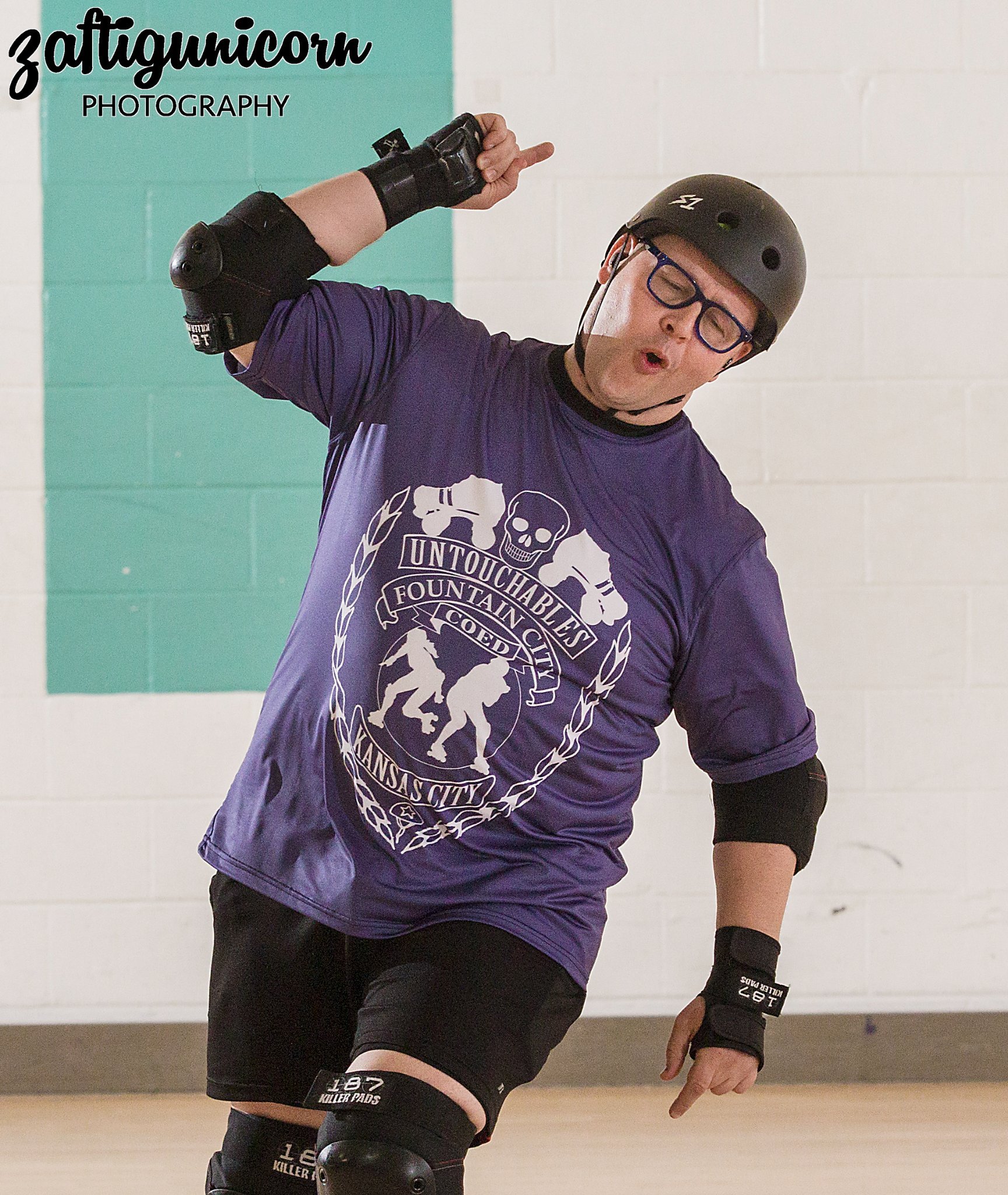Hello, I recently bought an acoustic guitar, and this is my second attempt at learning to play.
I made some progress, teaching myself basic chords and strumming, but I’m having trouble following sheet music/chord patterns and similar resources. Sometimes, when I’m watching a YouTube video on how to play a song, they don’t provide the strumming pattern or other details.
I’ve only been playing for a month, and I really enjoy it, but I feel like I’m starting to slow down again. I did download a book on how to improve my playing, which I plan to read later today.
I was wondering if anyone had a few resources they’d be willing to share.
Thank you!
Strumming patterns you’ll just develop a feel for. You can practice that against your knee while just casually listening to the song. An exercise you can do for this is to practice three-chord rock songs. A LOT of songs are written with a progression of A, D, Em. Two examples off the top of my head are Louie Louie and Wild Thing. The difference between them is the rhythm.
I’ve been playing guitar for 25 years now, I do know how to read sheet music from band class in school, but I’ve never combined those two skills. I’ve been handed sheet music for Piano or some other part that had guitar chords over it, and a lot of the more intricate pieces I know I learned via tablature. The nice thing about tabs is they can be fairly easily made with ASCII.
You want a fairly easy way to make yourself sound WAY more impressive? If you’re comfortable strumming chords, you can start picking individual strings instead. I like to use House of the Rising Sun as an example for this. The chord progression is Am, C, D, F, Am, E, Am, E. You can just strum along with a fairly simple rhythm, but, instead of strumming all strings, pick them individually as found in this tab. Your fret hand still does the exact same thing, but your pick hand does a little bit more. This song is a good introduction to this because your pick mostly goes “down” (physically toward the floor toward the higher strings) then back up a couple. It’s also a fairly easy introduction to finger picking.
Fun fact about House of the Rising Sun: It’s in common meter. Which means you can swap the lyrics for other common meter songs into it to interesting effect. Many of Emily Dickenson’s poems are in common meter. So is Amazing Grace and the theme tune of Gilligan’s Island. You can have a lot of fun mixing and matching lyrics with melodies. It’s a fun trick to have in your repertoire when you’re passed a guitar at a bonfire or something.
I’ve been playing guitar for 25 years now, I do know how to read sheet music from band class in school, but I’ve never combined those two skills.
“How do you get a guitarist to shut up?”
“You put sheet music in from of them.”
It’s not wrong.
The best advice I have for strumming patterns is to just listen to the song and try and just focus on the rhythm. Down strokes sound a little beefier and up strokes are a little more jangly. I’m terrible at identifying chords by ear but can get the rhythm down pretty much immediately. It just comes with time.
As far as playing songs I would not worry about playing just like the recording but just getting close enough that it’s recognizable.
Try new songs that seem easy till you find one that actually is easy, drill it till you can do it decently, try another song and do the same. That was me 25 years ago and I still love to play.
Learn to read guitar tabs, listen to single parts of the song till you can play that part and keep going till you have each part.
I found it way easier with songs I liked. They were probably harder to play but it kept me interested.
A video of someone playing the song might help with the strumming pattern but you get an ear for it pretty quick.
Practise by accompanying your favourite music. That way you don’t get hung up on the strumming pattern and focus on enjoying, which is what keeps you coming back for practice.
There are abundant beginner videos on YouTube that teach strumming. I think the important thing is to mix learning technique with just enjoying making music by any means.
(Source, self taught playing 20 years)
This is how I did it. Play, play, play, a lot is key to learning but if you do it accompanying music you love then practice never becomes a chore.
Just to add to my other comment, rocksmith is awesome if you have the reflexes for it. Otherwise, songsterr is great too. For learning strumming patterns I’d say relax your wrist and make sure your strap height is comfortable. I keep mine raised quite a bit to be able to hit high frets with ease. A lot of guitarists will disagree with me but use a thin pick and light strings.
Also, as I said in my other post adjust string action and practice everyday. I’ve been playing since I was a teenager and I play all styles of music. My forte is advanced lead stuff but my advice works for rhythm guitar as well. I’d say if your goal is rhythm you may be drawn to thicker picks, thicker strings, and lower strap height, but it’s really about what feels comfortable to you.
Also, if you have any interest learning fingerstyle you may want to start on a nylon string guitar. I used a guitalele at the beginning and the difference in comfort blew my mind. Now I only play steel string acoustic when I need to record fingerstyle acoustic stuff, but there’s a reason nylon strings are great for beginners.
If you need more advice about anything else guitar related just hit me up. I love passing down my knowledge.
Put the sheet music down and noodle around every day for a few months
Justin Guitar, dude. On YouTube. Justin Guitar. Do it.
Learn wonderwall by oasis and play it for everyone 😏
The person who taught me put colored bits of tape on the instrument to denote basic chords like G, C, D, and Am. It really helped, using a different color for each one, so I could learn to move quickly between them and build the muscle memory I needed.
Convince yourself that you’re not improving because you need that one guitar, only to play for one month and let it catch dust afterwards.
Keep at it! The learning curve is not a straight line, just like with any skill. You’ll see fast progress, just to be followed by a long plateau of no progress or even feel you’re getting worse. And then you notice possibly big improvement again. And again.
Don’t worry about following sheets/chords initially. If chords are not in your muscle memory, you’re basically doing three complex tasks simultaneously, reading, figuring out chords and fingering chords. I’d try to memorize one or two simple pieces first, to get the chords under your belt. Start simple and stay patient, it’ll take time.
Don’t forget the rhythm. Play on top of recordings. You can be pretty liberal with the harmonics, but if you keep a steady beat it’ll probably still sound good.
Don’t watch any more videos. No more instruction and forced repetition of songs that already exist. Just play and play and play at least 10 minutes a day. Strum your fingers, listen to the sounds you are making, try to find pleasant ways to stitch together chords and strums into unique novel arrangements. Don’t try to memorize twinkle twinkle or your favorite song. Make something new with the pallette you have unlocked in yourself.
A lot of music instrument people are academic theorist in their mentality. It saddens me to see creative types take what should be beautiful expressions of spontaneous whimsy and turns playing into dry formalized literature. Theres a reason its called playing the guitar and not working the guitar.
If you spend your time trying to learn the ‘right way’ as defined by so called guitar experts, you’ll never experience learning how to play your way. Theres joy in finding new chords by chance, learning how to turn cacauphany into melody by sheer practice over the months/years and feeling the music come from inside. The art ends up more authentic and original that way, I feel.
I think early on, it’s really important to focus on getting comfortable with the instrument itself. When you start learning to play, it’s common to have a lot of stiffness in your wrist and fingers. It’s kinda foreign for your wrist and hands to move like that at first. Practicing frequently and developing your muscle memory will help get your hands to flow on the instrument.
It’s less important when you start, to focus on getting the notes and patterns right. When most people start learning, they sound like shit. It can feel discouraging when you do all this practice and you still don’t sound like your favorite band. I think that’s where a lot of people end up quitting. And it’s why that guy at every party knows how to play Wonderwall and nothing else.
Practice getting a good feel for the instrument. It’s a good indication you’ve become fairly comfortable when you realize you’re not looking at your strumming hand anymore as you play. The more comfortable you get, the easier things like the strumming patterns will get too.
Don’t be afraid to play something a little differently if it’s easier for you to learn. You can use it as a stepping stone to learning the original. Or you can just play your own version.
As far as resources go, I mostly have used YouTube and Ultimate Guitar. I think you’ll find that a lot of guitarists don’t use sheet music much. The most common form of written music for guitar is written in Tab, so familiarize yourself with that if you aren’t already. I have always learned by looking up tabs on a song I wanted to play. You can always look for something else if you are more comfortable with that. But I think it’s always easiest to get started on a song with some community-made tabs.
Keep practicing, don’t give up. You will get better.
I bought a poster of all the chord shapes and would constantly run through the whole thing while watching TV and a huge Beatles book because everyone knows Beatles songs. They literally taught us a bunch of them in grade school music classes growing up. After a couple of years of basic chord structure and strumming, I then moved on to learning scales. Mostly right now, concentrate on chord shapes, building up hand strength, and strumming. Pick easy three chord songs that you know and enjoy and play the heck out of them.
Dude, The Beatles Complete Chord Songbook? Totally how I taught myself guitar too. My only beef with it was that I need to tune Beatles songs down a whole step for my vocal range, which was not practical as a beginner, but I learned all the chord shapes really quickly
Yep, that’s the one! Sucker is fucking heavy too lmao.
I photocopied pages back in the day so they were easier to put on a stand
In my opinion, outside of some specific songs, strumming pattern will end up being your personal touch. You’ll strum in a certain way, and as long as the chord progression is right, it’ll sound correct. More attention will be paid when you’re playing individual notes. The rest is really up to you, and that’s probably going to seem frustrating at first, but it’s really liberating once you’ve been playing for a while.
My personal recommendation is to learn stairway to heaven by Led Zeppelin in its entirety. There are a lot of unusual chords, barre chords, techniques, etc in that one song. Additionally, you’ll need to either practice hybrid picking or finger picking. When you finally learn it completely, almost any other song will seem easy to learn. I learned it in my first few months playing guitar (20 years ago) and I’m so happy that i did, i still find it pretty easy to pick up most other songs, but also find myself playing it from time to time.
Yeah, learn Stairway to heaven and then go try out guitars in stores.
That sounded snarky in an unhelpful way.
:-) It was a genuine joke. It’s the forbidden song, right?
Is it forbidden ? looks like I missed a reference there
Here ya go! https://www.youtube.com/watch?v=UCh6guovbt0
cheers I’ll have to watch that
Know any songs that are good for learning piano?
For me it really helped finding arrangements of rock/metal, punk, and pop stuff. Some video game music too. I’d say try to find simple arrangements of your favorite songs. I’m no expert, but I’ve been playing almost daily for 5 years with no lessons.
One Final Effort is really hard. Got any good video game songs for learning?
https://m.youtube.com/watch?v=QY5SWHMPwI8
This is the easiest version of One Final Effort I’ve found. Not super hard, but not beginner level. Keep it and try to play it slowly at first.
As for other video game songs, look into Chrono Cross and Chrono Trigger, older zelda stuff, older pokemon songs. Things like that would be better to start with. Really anything slow that you’re already familiar with.
A few of the VG songs I used to learn were
https://www.youtube.com/watch?v=sOOkfDXw0jM
https://m.youtube.com/watch?v=1lKGxoAlNhc
https://m.youtube.com/watch?v=kkUryy_DRSI
https://m.youtube.com/watch?v=2gaAEiq2vgQ
https://m.youtube.com/watch?v=OJnhg3QNe_M
Try to think of stuff like that to start. You can find tons of these easy sheets for free if you look around too. Although I did pay for musescore until they started charging me extra with no warning.

Drag can’t get drag’s fingers over this part of One Final Effort here
Oh yea that’s a tricky one. You want to keep your right hand in the chord shape as you hit each note. There are different ways to do it and it’s entirely possible to do with one hand however if you use a sustain pedal you can hold the low note using the pedal and use both hands for the rest.
What’s the chord shape? Are you saying to move the hand without moving the fingers?
Alas, drag never got into JRPGs, but drag will try One Final Effort and your other songs when drag can
Maybe you’d like these more:
https://m.youtube.com/watch?v=49e7gZ13-oA
https://m.youtube.com/watch?v=vpCwRryy0kk
You can find simple arrangements of almost anything.
Otherwise just keep at it man. You’ll get there if you keep practicing.







